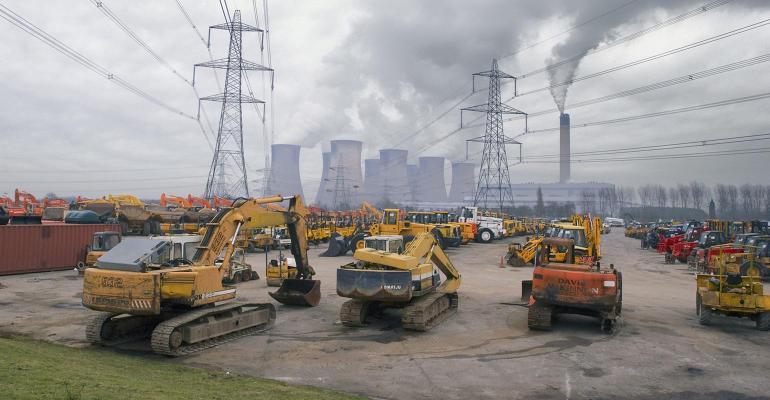Twenty years ago, what investors considered “infrastructure” was a narrow list of businesses, mostly roads, airports, rail and regulated utilities. Since then, the definition of infrastructure has changed. What is considered essential infrastructure—in addition to transport and utilities—now includes digital, energy transition and social infrastructure.
Infrastructure, broadly defined, is a foundation for thriving economies and societies.
Growth in data consumption, transmission and storage has made digital infrastructure the fourth utility. Reducing carbon emissions, reaching net zero and ensuring energy security have made the infrastructure required for global energy transition one of the most exciting investment opportunities. Social infrastructure, including education and health care, has grown and requires more investments.
Today infrastructure stands firmly on its own as an alternative asset class, alongside private equity, real estate and private credit. It is at the nexus of our most important secular trends around digital and energy needs. It benefits from exciting innovations, new technologies, public funding and governmental policy support. Goldman Sachs’ research team estimates that $6 trillion will be needed annually, this decade, to meet agreed international decarbonization and clean water goals.
Consequently, infrastructure has grown ripe for increased investor attention.
The growth of the asset class has been extraordinary over the last 20 years. In 2006, infrastructure funds totaled about $50 billion. Capital was primarily invested by sovereign wealth funds, pension funds, banks and insurance companies seeking to match long-dated liabilities with reliable, predictable and inflation-linked cash flows. Early investors were drawn to infrastructure for its real asset nature and attractive risk-adjusted returns.
More recently, the established track record of infrastructure managers has brought the benefits of infrastructure to a broader set of institutional and private investors. The downside resilience of the asset class is particularly compelling, along with its differentiated risk-adjusted returns when compared with other alternative investments.
Today, infrastructure funds are getting close to $1 trillion of capital raised.
In the current environment of financial market uncertainty and high inflation, the merits of infrastructure investing are especially appealing. Businesses that benefit from high barriers to entry, pricing power, long-term contracts, high EBITDA margins and prudent leverage can offer predictability, resilience, defensive cash flows and attractive absolute returns.
Energy transition and security trends are particularly relevant for infrastructure investors. Those trends are a central focus for governments, demonstrated by the U.S. Inflation Reduction Act and the expected actions of Europe and other regions. Policies and support with stable, well-defined guidelines are key to success.
The IRA includes tax credit incentives of about $370 billion to develop and deploy renewable technologies, creating more than 10 years of clarity. Innovations in this space are among the most important to our global economy, with much riding on their success.
If building the infrastructure of tomorrow to reach net zero and ensure the security of our energy supply are absolute priorities, the upgrade and maintenance of existing infrastructure is equally important. Ultimately, what will be required is a combination of upgrading and maintaining existing infrastructure with substantial new construction.
A good example comes from the growth of renewable power generation. Significant investments will be required to expand transmission grid capabilities.
Construction of enhanced utility-scale battery storage can help manage the intermittency of wind and solar volatility. By building efficient batteries close to consumers, utilities can store energy when there is excess supply and release it when demand grows and supply declines.
Yet expanding existing infrastructure to facilitate energy transition is not always necessary, as many brand-new capabilities can be plugged into existing networks and facilities without extensive (or any) technological upgrades.
For example, where renewable gas is produced on dairy farms from anaerobic plants processing manure, it is fungible with traditional fossil gas and can flow straight into existing grids without additional transmission investments.
With a strong track record and proven resilience, the infrastructure asset class is growing. The continuing global need to raise large amounts of capital to facilitate energy transition and security should provide excellent opportunities for investment for many years going forward.
Infrastructure should prove particularly attractive for investors seeking diversification, inflation protection and downside resilience with the potential to generate attractive absolute returns.
Philippe Camu is chairman and co-chief investment officer for infrastructure, Goldman Sachs Asset Management.





